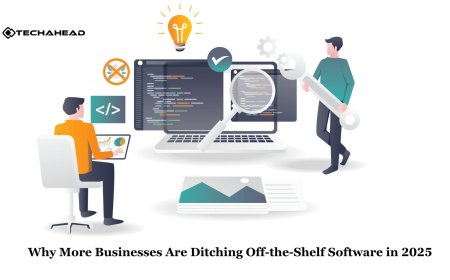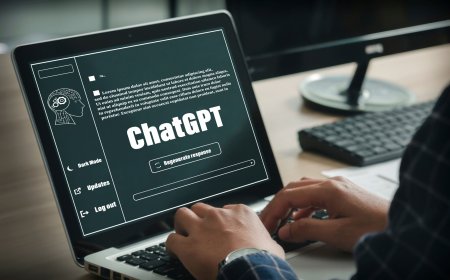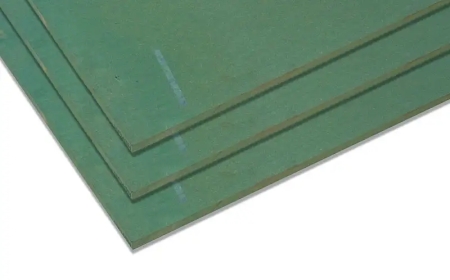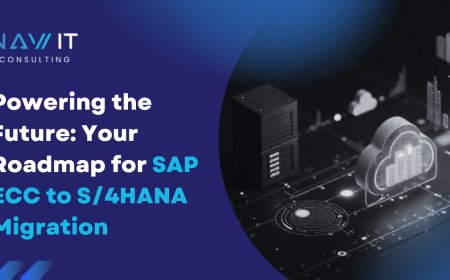From Idea to Token: A Complete Guide to Custom Token Development
Learn how to turn your blockchain idea into a fully functional custom token with this complete guide covering tokenomics, smart contract development, audits, launch strategies, and more.

The rise of blockchain technology has democratized the ability to create digital assets. What was once the domain of tech giants and financial institutions is now accessible to startups, creators, businesses, and even communities. Custom tokens, built on blockchain networks like Ethereum, BNB Chain, Solana, and Polygon, have powered everything from decentralized finance (DeFi) to NFTs, loyalty programs, and tokenized assets. But how do you go from a simple idea to a fully functional custom token?
This guide will walk you through the entire custom token development processfrom ideation and technical planning to deployment and post-launch strategies.
1. Understanding What a Token Is
Before diving into development, lets clarify what a token is.
A token is a digital unit of value issued on a blockchain, typically using a smart contract. It can represent:
-
A cryptocurrency (like an altcoin)
-
Ownership of assets (real estate, art, commodities)
-
Access rights to platforms or services
-
Governance voting power in decentralized communities
-
Loyalty points or in-game currencies
There are two major types of tokens:
-
Fungible Tokens: Interchangeable like currencies (e.g., USDT, UNI)
-
Non-Fungible Tokens (NFTs): Unique, non-interchangeable (e.g., Bored Ape NFTs)
Most tokens are built on existing blockchains using token standards such as:
-
ERC-20 / BEP-20 for fungible tokens
-
ERC-721 / ERC-1155 for NFTs
2. Conceptualizing Your Token
The journey begins with a solid idea. Ask yourself:
What problem does your token solve?
A successful token project addresses a real need. For example:
-
Solving inefficiencies in payments (e.g., stablecoins)
-
Enabling decentralized governance (DAOs)
-
Providing access to exclusive digital ecosystems (NFT memberships)
-
Creating new financial instruments (DeFi tokens)
Define Use Case & Utility
Clearly articulate your token's purpose. Will it be used for:
-
Transactions?
-
Staking rewards?
-
Access control?
-
Governance voting?
Without real utility, a token risks being labeled as speculative or useless.
Outline Target Audience
Who will use your token?
-
Retail crypto users?
-
DeFi users and liquidity providers?
-
Businesses seeking blockchain integrations?
-
NFT collectors?
Define personas and tailor development, branding, and marketing accordingly.
3. Choose the Right Blockchain Platform
Your blockchain choice impacts performance, transaction costs, and audience reach.
Popular Options:
-
Ethereum: Most mature and decentralized; high fees, but widely supported.
-
BNB Chain: Fast and cheaper than Ethereum, good for DeFi and gaming tokens.
-
Solana: High throughput and low cost, ideal for gaming and real-time dApps.
-
Polygon: Scalable Layer 2 for Ethereum; great for dApps, NFTs, and lower fees.
-
Avalanche, Fantom, Near, Arbitrum: Emerging platforms with various advantages.
Tip: Consider your tokens long-term needsscalability, developer tools, ecosystem compatibility.
4. Designing Tokenomics
Tokenomics is the backbone of a successful crypto project. Poorly designed tokenomics can destroy long-term value.
Key Elements of Tokenomics:
-
Total Supply: Fixed or inflationary?
-
Distribution: Who gets what? (Team, investors, community, treasury, etc.)
-
Utility: How is the token used?
-
Incentives: Staking rewards, liquidity mining, airdrops?
-
Burn Mechanisms: Will tokens be burned to create scarcity?
Example Distribution:
-
20% Team
-
20% Private Sale
-
40% Community Incentives
-
10% Treasury
-
10% Marketing & Advisors
Use vesting schedules to prevent early dumps and align long-term incentives.
5. Development & Smart Contract Creation
This is where your idea gets technical.
Choose a Token Standard
-
ERC-20 (Ethereum, Polygon)
-
BEP-20 (BNB Chain)
-
SPL (Solana)
-
TRC-20 (Tron)
Smart Contract Development
Hire developers or partner with a token development company to write and audit smart contracts. Key considerations:
-
Security: Ensure no loopholes or vulnerabilities.
-
Compliance: Add KYC/AML if required.
-
Custom Logic: Burn functions, pausing, minting, reflection mechanics, etc.
Use frameworks like:
-
OpenZeppelin for secure contract templates
-
Remix IDE, Hardhat, or Truffle for development
Testing is crucial: deploy to testnets (e.g., Goerli, Mumbai) before mainnet launch.
6. Auditing & Security
A single bug in your token contract could result in catastrophic losses.
Third-Party Audits
Hire a reputed audit firm like:
-
Certik
-
Hacken
-
PeckShield
-
Quantstamp
They will review your smart contract line-by-line to identify:
-
Logic errors
-
Reentrancy bugs
-
Integer overflows
-
Centralized control risks
After fixing the issues, publish the audit report for transparency.
7. Token Deployment
Once audited and finalized, deploy your token to the chosen mainnet.
Youll need:
-
Deployment scripts or UI (via Hardhat/Remix)
-
Wallet access (e.g., MetaMask)
-
Gas tokens (ETH, BNB, MATIC) for transaction fees
Checklist Before Launch:
-
Confirm correct supply
-
Validate contract on Etherscan/BSCScan
-
Enable token transfer features
8. Launch Strategy
A token launch can take many forms:
Airdrop
Free token distribution to build community.
IDO (Initial DEX Offering)
Raise funds by launching your token on a decentralized exchange like PancakeSwap, Uniswap, or Raydium.
IEO (Initial Exchange Offering)
Token launched via centralized exchanges like Binance Launchpad or KuCoin Spotlight.
Fair Launch
No pre-mining or presaleeveryone gets access equally.
Key Tip: Build anticipation through social media, influencers, and community marketing.
9. Listing on Exchanges
Once live, list your token on:
-
DEXs: Uniswap, PancakeSwap, Raydium
-
CEXs: Binance, Coinbase, Gate.io, KuCoin (requires listing fees, compliance)
Youll need to provide:
-
Smart contract address
-
Token logo
-
Liquidity pool (DEX)
-
Project details and use case
Add your token to wallets and trackers like:
-
MetaMask
-
Trust Wallet
-
CoinMarketCap
-
CoinGecko
10. Community Building
Your tokens value depends heavily on adoption. Community is king in crypto.
Key Channels:
-
Twitter: Project updates, memes, announcements
-
Discord / Telegram: Engage with the community, answer questions, share progress
-
Reddit: Technical discussions and feedback
-
Medium / Blog: Publish detailed project updates, roadmap, use cases
Host:
-
AMAs
-
Airdrops
-
Contests
-
Influencer collaborations
Engage, reward, and grow your base of loyal holders.
11. Ongoing Token Management
After launch, your journey continues. Youll need to:
Update Smart Contracts (if necessary)
Use upgradeable contracts (e.g., OpenZeppelin's proxy pattern) or migrate when needed.
Treasury Management
Allocate funds wisely for development, partnerships, and ecosystem growth.
Community Governance
Allow token holders to vote on major decisions. Tools like Snapshot or Tally can help.
Post-Launch Marketing
Keep up momentum with partnerships, exchange listings, product integrations, and new feature announcements.
12. Legal & Regulatory Compliance
Tokens can fall under different regulatory categories depending on jurisdiction.
Key Considerations:
-
Is your token a security, utility, or governance token?
-
Are you conducting a public sale that needs KYC/AML?
-
Do you comply with SEC, FATF, or local crypto laws?
Hire legal counsel or partner with compliance platforms to stay safe.
Final Thoughts
Creating a custom token isnt just about codeits about vision, economics, community, security, and strategy. As the blockchain space continues to evolve, new tools and frameworks are making token development more accessible than ever. But success comes to those who approach it with a clear plan, long-term mindset, and user-centric value.Whether youre launching the next DeFi protocol, gaming ecosystem, or tokenizing real-world assets, this guide provides the foundational blueprint to take your idea to reality.







































